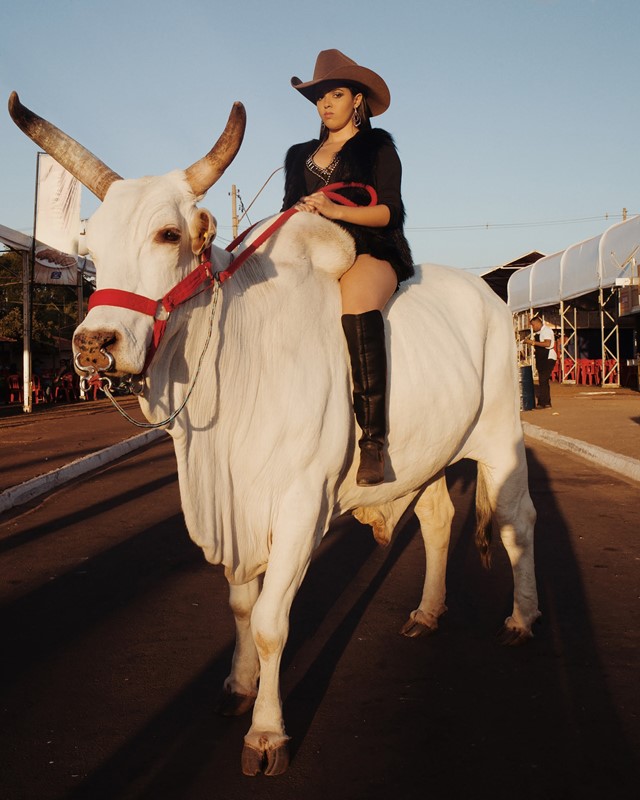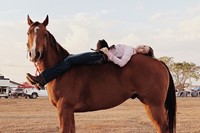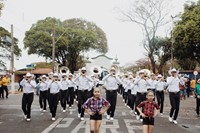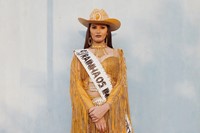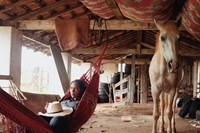For her series In the American South, Brazilian photographer Luisa Dörr spent time exploring rodeo culture in her native country, and focused on the women who are increasingly making waves in the male-dominated world
“I grew up surrounded by animals and listening to country music – we went to agricultural fairs and part of my family was directly involved in farming, especially horse raising,” says Brazilian photographer Luisa Dörr, whose series In the American South was recently exhibited in New York as part of the Latin American Foto Festival. Dörr’s ongoing series explores the cowboy and rodeo culture in her native country, and hones in on the women who are increasingly taking centre stage in that scene.
Dörr spent time connecting with women who would become her subjects for In the American South, as well as photographing festivities at rodeo events in Barretos and Cerquilho in São Paulo. The photographer includes stories and quotations from her subjects alongside the images, highlighting how these women are making waves in what has historically been a male-dominated environment (the series is highlighted on the Latin American Foto Festival’s website, where each caption is available to read in full). In the American South features a variety of women: from those who compete in rodeo beauty pageants, in glamorous embellished outfits, to bull riders and cattle farmers. “Ever since I was little I wanted to go to the rodeo, even though I was from the city of São Paulo,” 20-year-old police officer Natasha Alves do Santos told Dörr. “But for a woman, country life isn’t easy. It ends up being just a masculine universe. Even in the competition categories, women can only compete on horses and not on bulls ... Men end up taking advantage of the space like it’s their own, leaving little space for women.”
“This work became urgent for me because of the current situation we are living in,” says Dörr. “It is like what Oprah said to me once” – Dörr photographed Winfrey for the cover of Time magazine in 2017 – “that when she was a little girl, she was always looking for anybody that kind of looked like her. This is the same situation in the case of this culture: we need to see more women involved, and realise that it is possible for women to do anything as well as men. It is empowering.” The series is ongoing: Dörr is interested in the environmental aspect of the culture too, and hopes to trace the changes occurring to the land through In the American South. Here, Dörr explains the story behind the series, and how she hopes to see Brazil’s rodeo culture adapt in women’s favour.
“For the series, I went to Barretos in 2018 and Cerquilho in 2019. I went to Barretos to check out the ‘Festa do Peão de Barretos’, which is one of the biggest rodeos in the world and attracts people from different places and social backgrounds. Some people ride horses for a month to get there, other people get loans in the bank to be able to participate in the competitions. The rodeo is an opportunity, especially for bull riders, to get a better life. To make contacts in this rodeo scene, Barretos is the perfect place to be – I stayed there for ten days. In Cerquilho, I spent less than a week and I attended a really small rodeo. The idea is to visit many events around the country, research and show much more of this culture. It’s a complex theme, and I’m just in the early stages of it. The goal is to make my first photo book and a short documentary.
“Historically, as in other countries, women have been largely excluded from Brazil’s cowboy culture. But in recent years, women are on a winning streak, whether as rodeo pageant beauty queens, horse-riding champions or platinum-selling country music stars. Even though it’s the men who are in the spotlight, the women who are entrenched in this culture stand out the most. They are part of a growing wave of women taking the reins of Brazil’s world of rodeo. For In the American South, the main goal is to juxtapose modern Brazil and its historic tradition, which is transitioning into pop culture, and, ultimately, it’s a world that few people know.
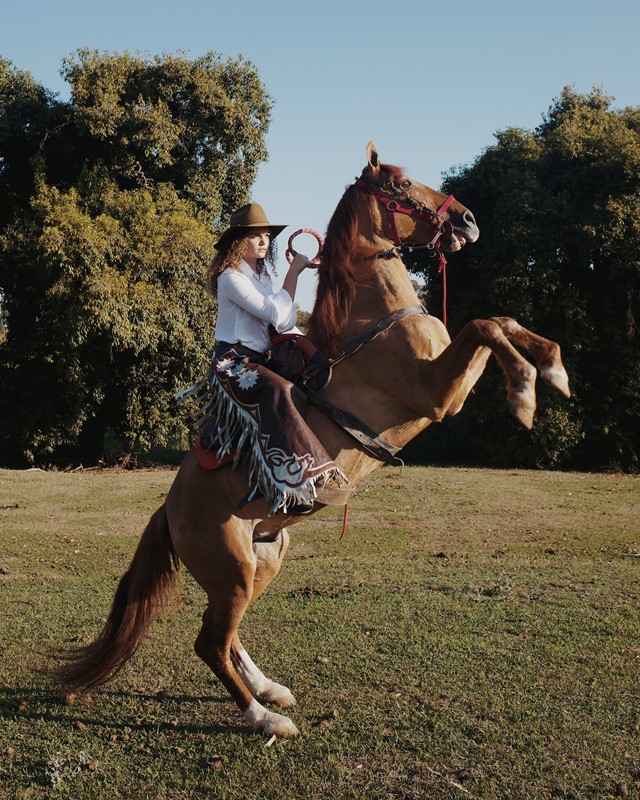
“I don’t think it is only in this culture that women are becoming more and more involved. There is still a long way to go, but I believe that something is really changing for women nowadays. Now, you can see women taking care of entire farms, raising and riding animals, driving big machinery and making decisions, which was not commonly seen before.
“I made contact with people using social media, so I already had some subjects when I arrived there. I photographed the only woman vet, the queens of the rodeo, some bull owners, and people who came to enjoy the event as well. One of my favourite photos is of Rebeca Vetuche. I met Rebeca during a concert in Barretos. I was really interested in photographing her. I went to her place in Matão, which is another city. I remember she was telling me about her dream to study veterinary, and she also dreamed about being Miss Rodeo. And today, she’s managed to accomplish both of them. I continue to follow my subjects, because the idea is to make long term projects – like this we can get to know what kind of developments these segments are making. Focusing on an individual story you can also talk about something big.”
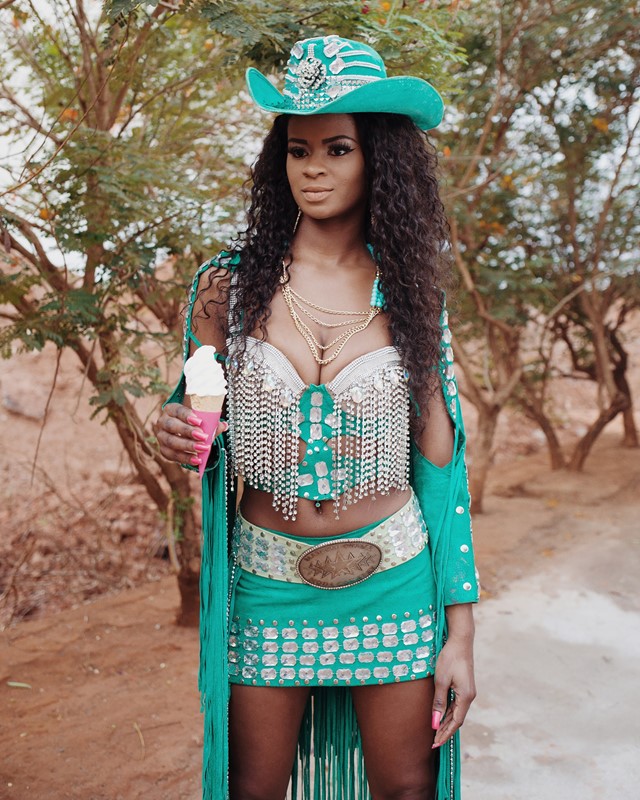
The Latin American Foto Festival was in the Bronx, New York until August 9, 2020, and is now available to explore online.
